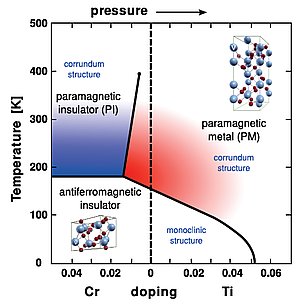P8
Orbital, spin and charge fluctuations in layered oxide heterostructures

G. Sangiovanni
The goal of this project is to investigate layered heterostructures of transition-metal oxides by means of band-structure calculations as well as tailor-made implementations of Dynamical Mean Field Theory and its extensions. A theoretical understanding of these novel materials, which can nowadays be grown in a controlled way, is going to benefit not only basic research on electronic properties at interfaces but also technological development and device fabrication. In particular, an ab-initio study is particularly timely, as the stunning discovery by A. Ohtomo and H. Hwang [Nature 419, 378 (2002)] that the interface between a band- (i.e., standard) insulator like SrTiO3 and a Mott- (i.e., strongly-correlated) insulator like LaTiO3 can be conducting has not yet been followed by a fully satisfactory theoretical explanation.
In addition, new heterostructures containing other materials with partially filled d-shells are currently in the spotlight (e.g., LaVO3/SrTiO3).
This increases the need of an understanding of electronic correlation effects in systems that are far from the conventional bulk limit.
There are many questions that need to be answered, such as whether or not alternating positive LaO and negative TiO2 layers give rise to a nonzero potential gradient in the LaTiO3 part and also to what extent this is related to the existence of a critical LaTiO3 thickness above which the interface becomes metallic. Furthermore, it is very important to assess if one can describe within the same theoretical framework LaVO3/SrTiO3 and what the orbital character of the mobile carriers at the interface is. Density Functional Theory calculations and new implementations of Dynamical Mean Field Theory specifically designed to treat inequivalent layers can reliably take into account, on the one hand, the electronic structure and, on the other, the effects of strong electronic correlation.
Our study can therefore clarify some of the open questions and stimulate the synthesis of new heterostructures with distinct functionalities.

